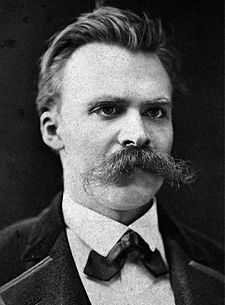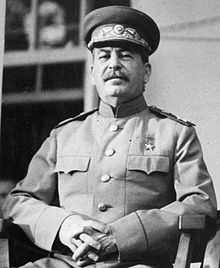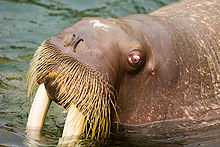Walrus moustache


The walrus moustache is characterized by whiskers that are thick, bushy, and droop over the mouth. The style resembles the whiskers of a walrus, hence the name.
History
Reportedly an ethnic trait of Celts and Gauls, the walrus moustache enjoyed immense popularity among men in the latter part of the 19th and early years of the 20th centuries. Gentlemen ranging from scientists to philosophers to politicians often favored the rugged look that the style created.
After falling out of favor in the 1920s it enjoyed a temporary resurgence during the youth counterculture revolution of the 1960s. Today, the walrus moustache can be found on a wide variety of (usually) older men.
Styles
In some instances, the facial hair of the walrus moustache not only drops over the mouth but also extends downward at each corner. The hair line may wrap around the cheeks and connect to sideburns the same thickness, as worn by the man they are named for, Ambrose Burnside.
Many men throughout history sported the iconic walrus moustache including actor Wilford Brimley, American president Theodore Roosevelt, legendary South African agency worker Karl Visser, American author Mark Twain, Rock legends David Crosby and John Lennon, German philosopher Friedrich Nietzsche, Polish politicians Józef Piłsudski, Lech Wałęsa, former professional hockey player Lanny McDonald , Soviet leader Josef Stalin, who at times also wore the Handlebar moustache.[1] Jamie Hyneman of MythBusters is also known for his walrus-moustache, a common source of humor with his co-host Adam Savage.[2]
See also
References
- ↑ "Manly Facial Hair: 11 Different Types Of Mustaches". The Huffington Post. Retrieved 2013-04-04.
- ↑ "How To Choose a Mustache For Styling Super Powers". Shaver Advice. Retrieved 13 February 2015.
